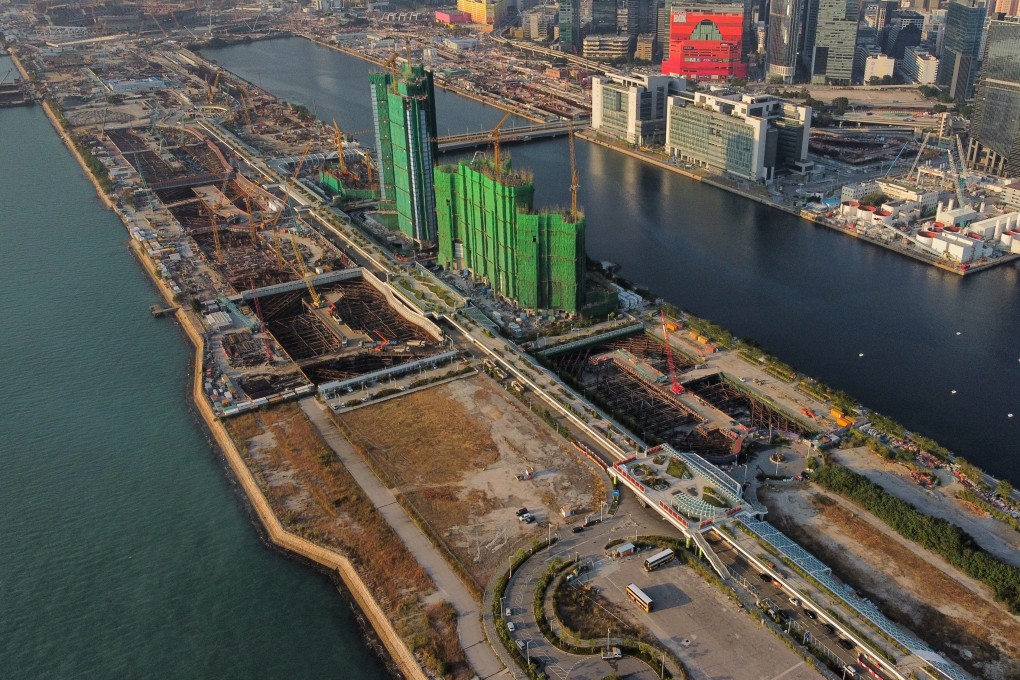Kaisa sells Hong Kong property stake at steep discount and seeks debt exchange to avoid default
- Joint venture of New World Development and Far East International to buy development at old Kai Tak airport site
- Kaisa is seeking to exchange nearly US$400 million in bonds set to mature on December 7

Kaisa Group Holdings has agreed to sell its stake in a development at the old Kai Tak airport site at a steep discount and is asking bondholders to exchange another US$400 million of notes set to mature next month, as the heavily indebted Chinese developer tries to stave off default.
The Shenzhen-based developer’s shares jumped nearly 14 per cent to close at HK$1.15 in Hong Kong on Thursday following the announcements, their biggest one-day percentage surge in more than two years. It was the first time its shares had traded in three weeks after having lost almost 70 per cent – or HK$9 billion (US$1.2 billion) – in market value over the past three months as its cash crunch worsened.
Kaisa, which was downgraded by Fitch last week to “C” from “CCC-”, also officially confirmed it had missed about US$88 million in interest payments on its offshore debt due on November 11 and November 12. Both junk-rated bonds have a 30-day grace period, after which the company will face a default on the aggregate US$1.5 billion in notes.
The group has US$11.4 billion of outstanding bonds coming due in 2026, and US$200 million of perpetual notes, according to Bloomberg data. Some of them are trading well below their face value at price levels typically associated with defaulted securities.
